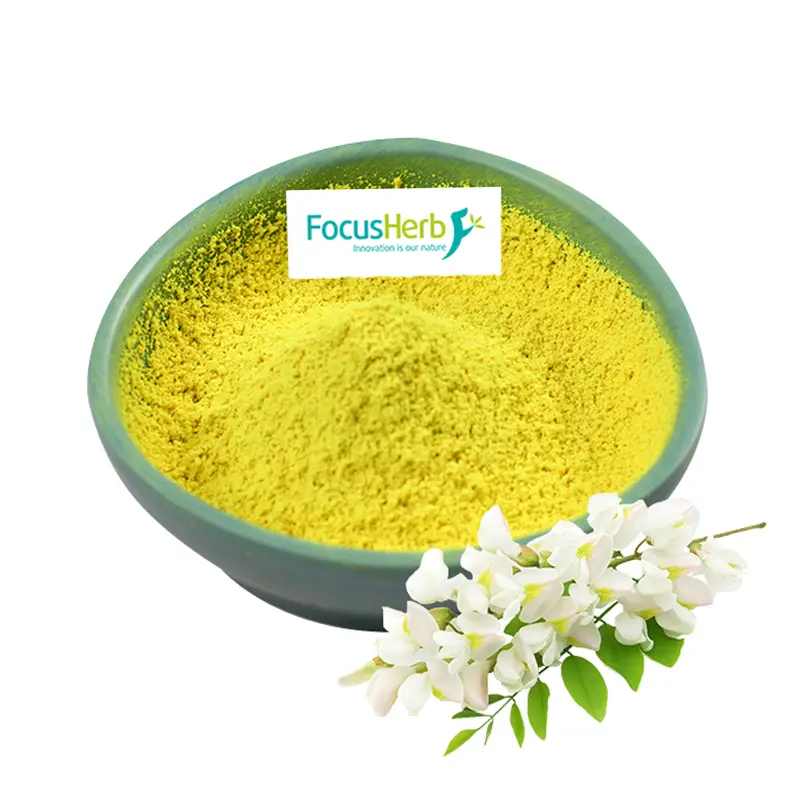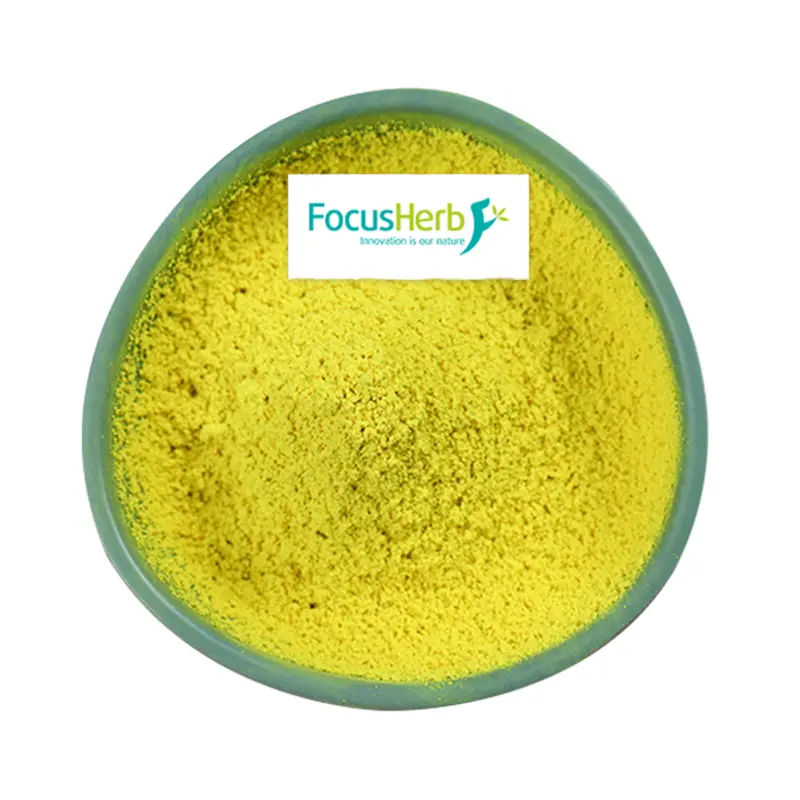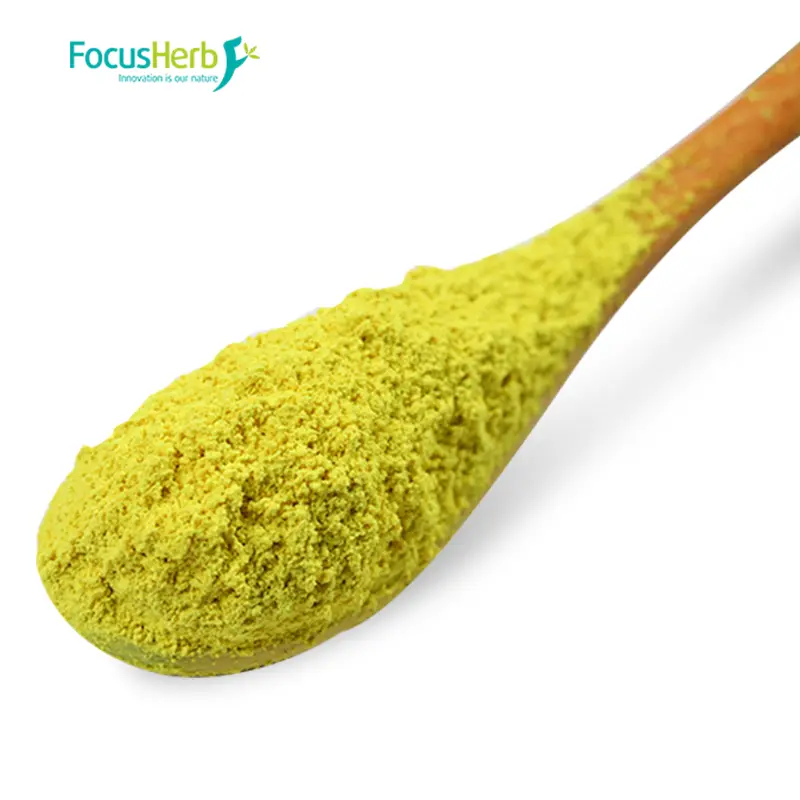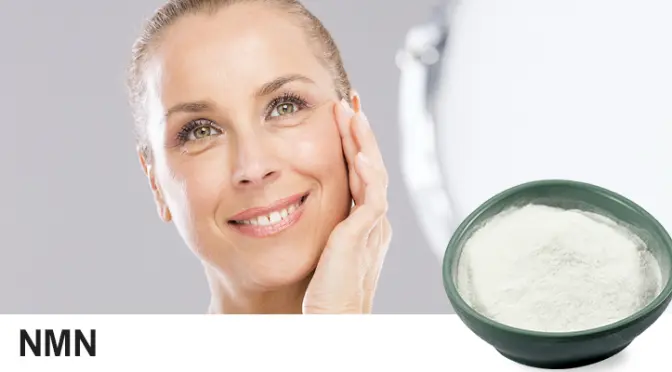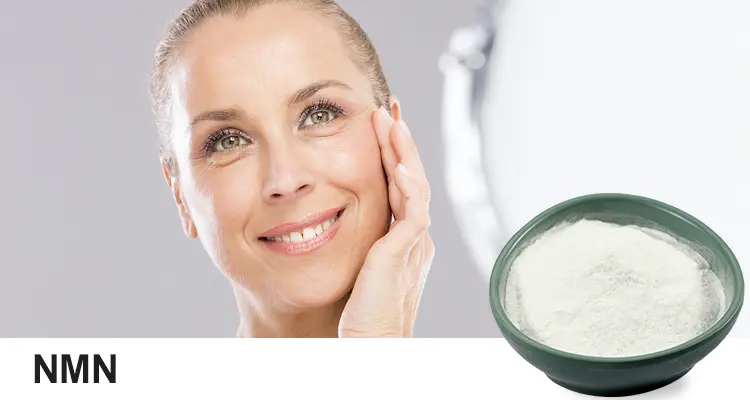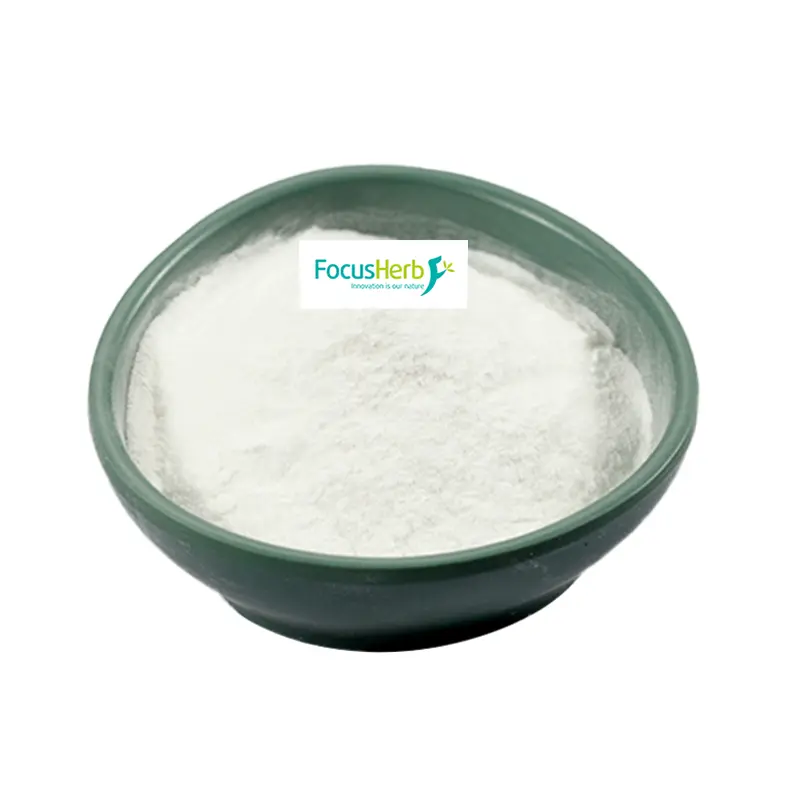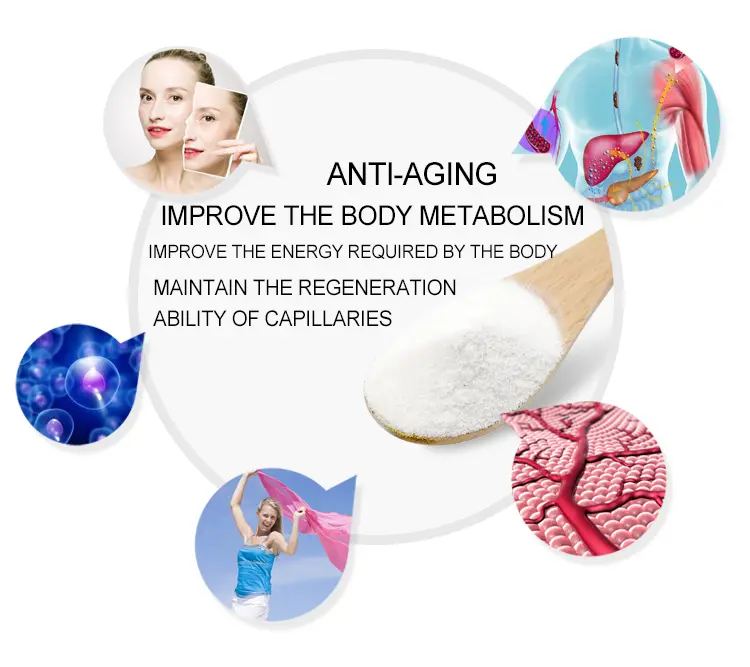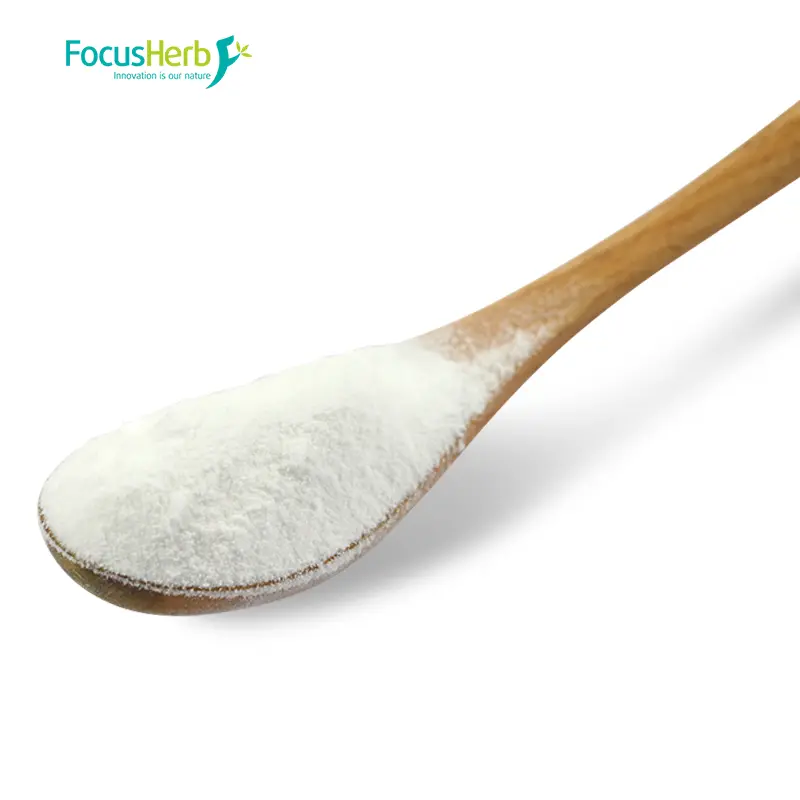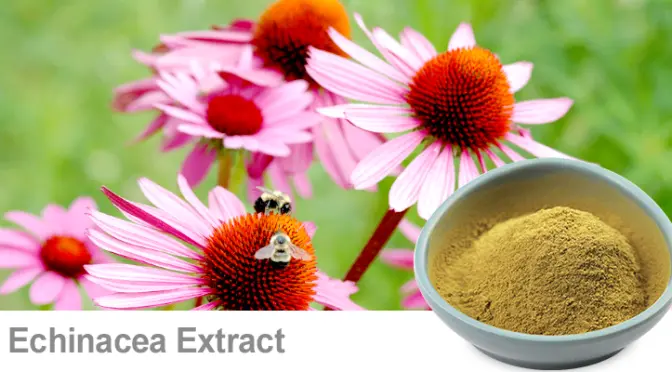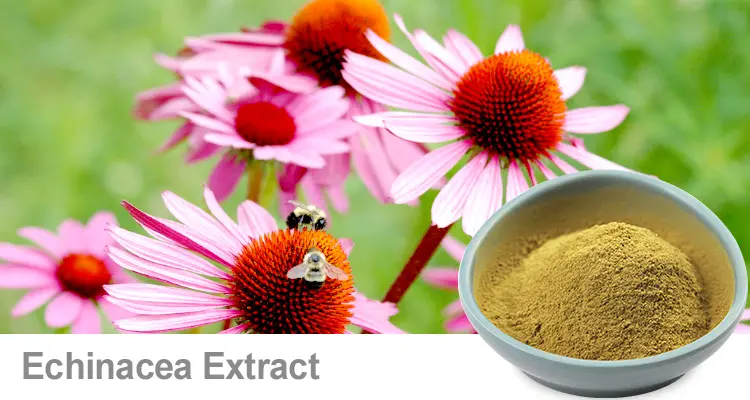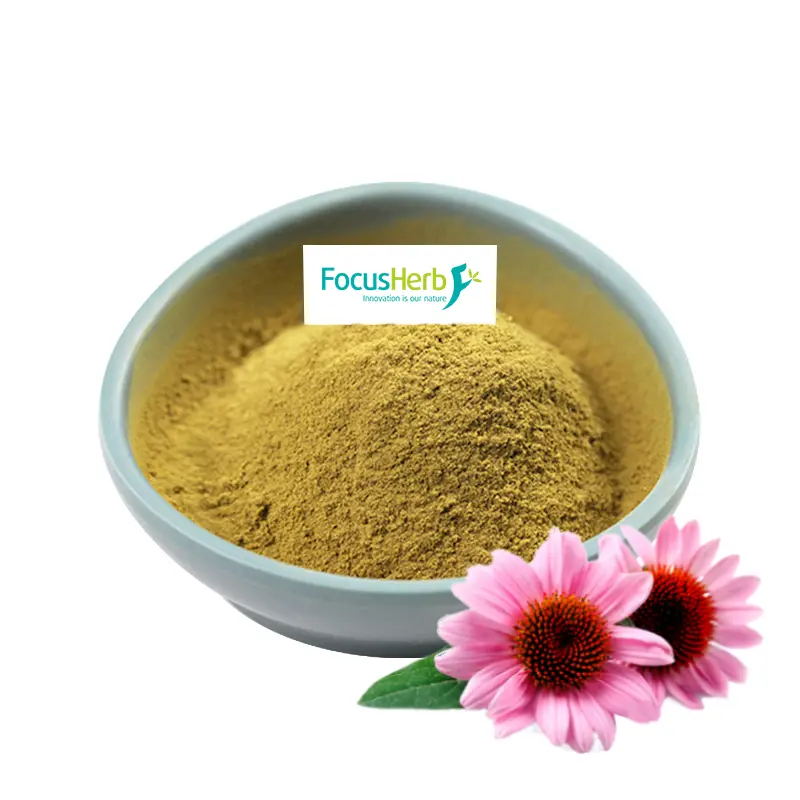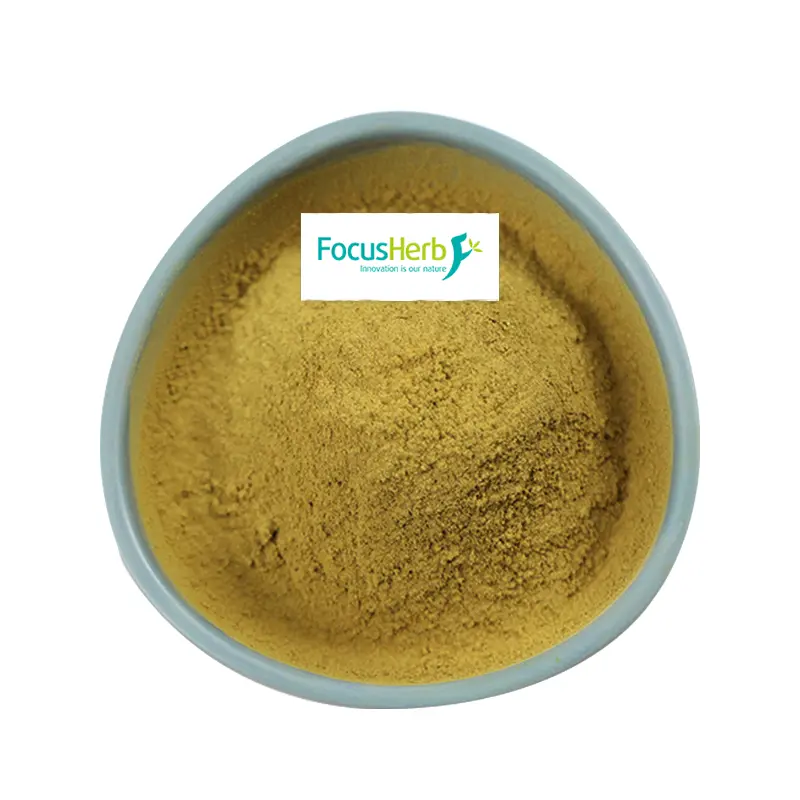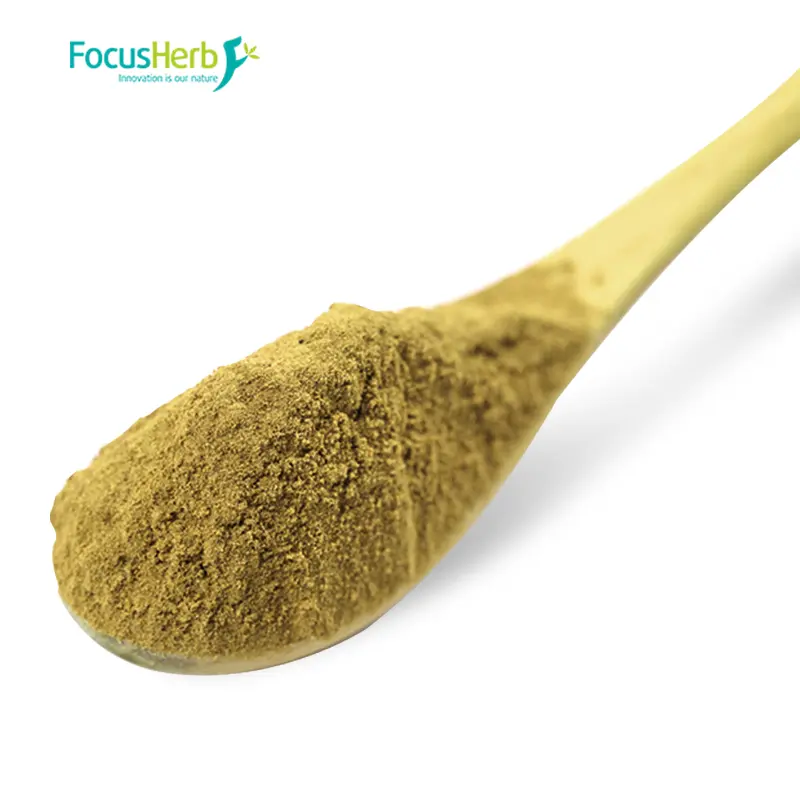Reishi Mushroom Extract is the culmination of modern technology and traditional wisdom. Derived from Lingzhi, it concentrates its essence in a more convenient and efficient form.
Reishi Mushroom Extract is meticulously extracted from the fruiting bodies or mycelium of Lingzhi using advanced modern extraction techniques. These raw materials undergo rigorous screening to ensure their highest quality. Then, under strict production conditions, water and alcohol extraction techniques are employed to fully release and concentrate the active ingredients within the Lingzhi, ultimately creating a fine powder. This powder not only retains the numerous bioactive components of Lingzhi, but also offers advantages such as ease of absorption and convenience, providing a more convenient way to safeguard our health.
Ingredients Revealed
The remarkable health benefits of Ganoderma lucidum extract powder stem from its rich and unique composition, primarily including Ganoderma lucidum polysaccharides, ganoderic acid, and adenosine. These ingredients work synergistically to provide comprehensive protection for human health.
Ganoderma lucidum polysaccharides: Ganoderma lucidum polysaccharides are one of the key components of Ganoderma lucidum extract powder. Composed of multiple monosaccharide molecules linked by glycosidic bonds, they possess a complex structure and diverse biological activities. Research has shown that Ganoderma lucidum polysaccharides can significantly enhance the body’s immune function. Acting as a master immune regulator, they enhance the activity of immune cells such as macrophages, T lymphocytes, and B lymphocytes, enabling them to more effectively identify and eliminate invading pathogens such as viruses and bacteria, thereby helping us fight various diseases. Furthermore, Ganoderma lucidum polysaccharides exhibit significant anti-inflammatory properties, inhibiting the release of inflammatory factors and reducing the damage caused by inflammatory responses to body tissues and organs. These properties have positive implications for the prevention and treatment of chronic inflammatory diseases such as arthritis and enteritis. Ganoderma lucidum polysaccharides also possess certain anti-tumor activity. They can inhibit tumor growth and metastasis by modulating the body’s immune system, inducing tumor cell apoptosis, and inhibiting tumor angiogenesis, thereby bringing new hope for the recovery of cancer patients.
Ganoderic acid: Ganoderic acid, also known as ganoderma triterpenes, is a highly oxidized lanostane-type triterpenoid compound with diverse biological activities. It is one of the key components of Ganoderma lucidum that contributes to its medicinal value and plays a key role in regulating human physiological functions. Ganoderic acid possesses potent anti-inflammatory and antioxidant properties. It scavenges excess free radicals in the body and reduces oxidative stress-induced cell damage. Like a loyal guardian, it protects cells from oxidative damage, delays cell aging, and prevents various chronic diseases caused by oxidative stress, such as cardiovascular disease and neurodegenerative diseases. Ganoderic acid is particularly effective in protecting the liver, mitigating damage caused by chemicals and drugs, and promoting liver cell regeneration and repair. For patients with liver diseases such as hepatitis and fatty liver, ganoderic acid can help improve liver function, reduce liver burden, and restore liver health. Furthermore, ganoderic acid has a calming and soothing effect, regulating nervous system function, alleviating symptoms such as anxiety and insomnia, helping people relax and improve sleep quality, allowing us to get adequate rest and recovery in our busy lives.
Adenosine: Adenosine is a nucleotide compound. Although found in relatively small amounts in ganoderma extract powder, its role is significant. It has a wide range of physiological activities, regulating the functions of multiple systems, including the cardiovascular and nervous systems. Within the cardiovascular system, adenosine dilates blood vessels, reduces blood viscosity, and inhibits platelet aggregation, thereby improving blood circulation and reducing the risk of cardiovascular disease. It acts like a cleansing and maintenance of blood vessels, allowing blood to flow more smoothly. Adenosine also regulates heart rhythm, protects myocardial cells, and reduces myocardial ischemia and arrhythmias, safeguarding heart health. Within the nervous system, adenosine has sedative and analgesic effects, regulating the release of neurotransmitters and inhibiting neuronal overexcitation, thereby relieving pain and anxiety and bringing relaxation and soothing relief.
A Comprehensive Look at the Benefits
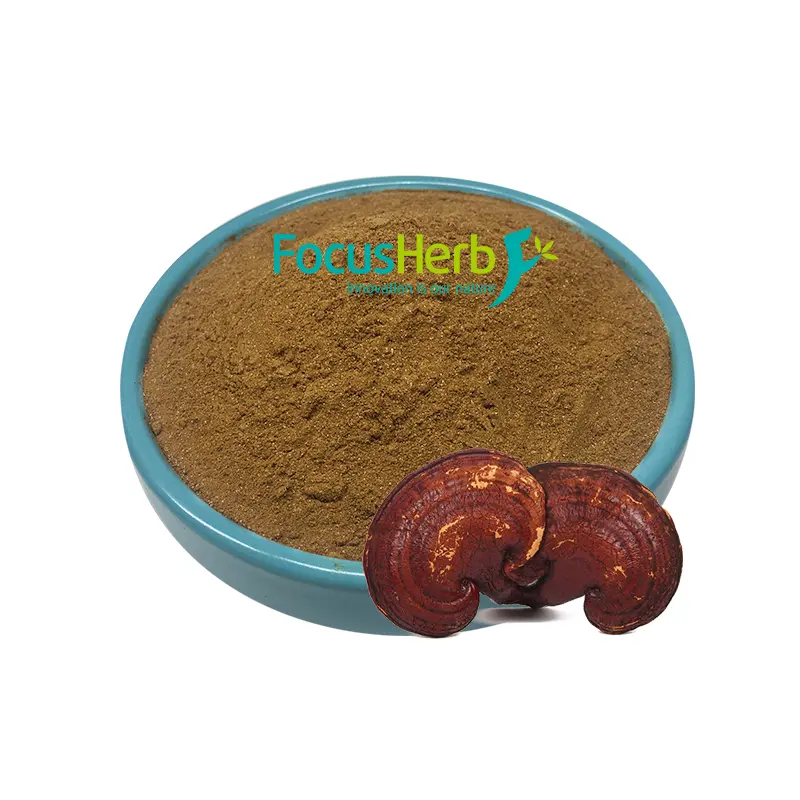
Regulating the Immune System
The immune system is the body’s primary defense against disease, and Ganoderma lucidum extract powder excels in modulating it. Its ingredients, such as Ganoderma lucidum polysaccharides and triterpenoids, activate immune cells such as macrophages, T lymphocytes, and B lymphocytes, enhancing their activity and function. Macrophages act as the body’s “scavengers,” engulfing and eliminating invading pathogens. Ganoderma lucidum extract powder enhances their phagocytic capacity, making them more effective. T and B lymphocytes play a key role in the immune response, recognizing and attacking pathogens. Ganoderma lucidum extract powder promotes their proliferation and differentiation, strengthening the immune response. Clinical observations have shown that long-term use of Ganoderma lucidum extract powder significantly reduces the incidence of respiratory infections, demonstrating its immune-boosting effects. Like a loyal guardian, it constantly guards our bodies, helping us resist various diseases and maintain a healthy balance.
Anti-tumor Effect
Cancer is one of the major threats to human health, and the anti-tumor effects of Ganoderma lucidum extract powder have attracted considerable attention. Studies have shown that components such as Ganoderma lucidum polysaccharides and ganoderic acid in Ganoderma lucidum extract powder possess significant anti-tumor activity. They can inhibit the growth and proliferation of tumor cells through various pathways, inducing apoptosis, essentially issuing a “death order” to tumor cells, preventing them from continuing to wreak havoc. Furthermore, they can inhibit tumor angiogenesis, depriving them of nutrients, preventing them from surviving and spreading. In some clinical studies, combining Ganoderma lucidum extract powder with chemotherapy drugs has been shown to significantly improve treatment outcomes for cancer patients, reduce chemotherapy side effects, and enhance their quality of life. This provides new insights and approaches for cancer treatment, offering hope to more cancer patients.
Lowering Blood Sugar
With rising living standards, the incidence of diabetes is also increasing. Ganoderma lucidum extract powder has a positive effect on blood sugar regulation. It promotes insulin secretion, acting like a command to increase production in the body’s “blood sugar regulator,” allowing insulin to function more effectively. It also increases insulin sensitivity, enabling cells to more efficiently utilize glucose, thereby lowering blood sugar levels. It also inhibits the breakdown of liver glycogen, reducing glucose release and maintaining stable blood sugar levels. Several animal experiments and clinical studies have confirmed the blood sugar-lowering effects of Ganoderma lucidum extract powder. For diabetic patients, appropriate use of Ganoderma lucidum extract powder under a doctor’s guidance can help control blood sugar levels, prevent and delay the onset of diabetic complications, and improve quality of life.
Lowering Blood Lipids
High blood lipids are a major risk factor for cardiovascular disease, and Ganoderma lucidum extract powder has a significant effect in lowering blood lipids. It can lower serum total cholesterol, triglycerides, and low-density lipoprotein cholesterol levels. These substances act like “garbage” in blood vessels, and excessive amounts can lead to blood vessel blockage. Ganoderma extract powder helps clear this “garbage.” It also increases high-density lipoprotein cholesterol levels. HDL cholesterol acts like a “cleaner” for blood vessels, transporting cholesterol to the liver for metabolism and reducing cholesterol deposition in blood vessel walls, thereby lowering blood lipids. Some clinical observations have found that after three months of continuous use, patients with hyperlipidemia experienced a decrease in total cholesterol and triglyceride levels. This suggests that Ganoderma extract powder has a certain auxiliary regulating effect on people with dyslipidemia, helping them improve their blood lipid profile and reduce the risk of cardiovascular disease.
Antioxidant
In daily life, our bodies are constantly attacked by free radicals. Free radicals act like troublemakers in the body, causing oxidative damage to cells, accelerating aging, and leading to various chronic diseases. Ganoderma extract powder has powerful antioxidant properties. Its polysaccharides, triterpenes, and phenolic compounds act as antioxidants, scavenging excess free radicals and reducing cellular damage caused by oxidative stress. Experimental data shows that the antioxidant capacity of Ganoderma lucidum extract powder is dozens of times greater than that of vitamin E. It can effectively protect cells from oxidative damage, delay cell aging, and prevent various chronic diseases caused by oxidative stress, such as cardiovascular disease and neurodegenerative diseases. It acts like a protective layer for the body’s cells, keeping them healthy and vibrant, and maintaining a youthful appearance.
Anti-inflammatory
Inflammation is a natural response to injury or infection, but chronic inflammation can cause serious damage. Components such as ganoderic acid and polysaccharides in Ganoderma lucidum extract powder have significant anti-inflammatory properties, inhibiting the onset and progression of inflammatory reactions and reducing the damage to tissues and organs caused by inflammation. When inflammation occurs, ganoderic acid can inhibit key inflammatory pathways (NF-κB and MAPK), alleviating symptoms such as edema and redness at the source. Polysaccharides can regulate the balance of immune cells, inhibiting the activity of pro-inflammatory macrophages (M1 type), reducing the release of inflammatory factors, and promoting the differentiation of anti-inflammatory macrophages (M2 type), which release anti-inflammatory factors such as IL-10, achieving a balanced “anti-inflammatory and pro-repair” effect. For patients with chronic inflammatory diseases such as arthritis and enteritis, ganoderic extract powder can help alleviate inflammatory symptoms, reduce pain, and promote recovery.
Application Areas
Ganoderma lucidum extract powder, with its remarkable efficacy and rich nutritional content, has a wide range of applications in various fields, playing a significant role in improving people’s health and quality of life.
Pharmaceuticals
Ganoderma lucidum extract powder plays a crucial role in the pharmaceutical industry. It is widely used in the research and development and production of a variety of drugs, serving as a key active ingredient and providing strong support for the treatment and prevention of diseases. In some anti-tumor drugs, Ganoderma lucidum extract powder, when used in combination with chemotherapy drugs, can significantly enhance the efficacy of chemotherapy drugs, effectively adding a “sharp edge” to the drugs, enabling them to kill tumor cells more effectively. It can also reduce the toxic side effects of chemotherapy drugs on patients, such as nausea, vomiting, and hair loss, improving patients’ quality of life, reducing pain during treatment, and promoting better recovery. Ganoderma lucidum extract powder is also added to some immune-regulating drugs to help those with compromised immune systems strengthen their immune system, enhance their resistance, and prevent and treat various infectious diseases.
Health Products
Ganoderma lucidum extract powder is particularly popular in the health product sector. Ganoderma lucidum is formulated into various health supplements, such as capsules, oral liquids, and lozenges, to meet diverse consumer needs. These supplements boast numerous health benefits, including immune enhancement, fatigue relief, antioxidants, and blood lipid and blood sugar regulation, making them a valuable addition to daily health regimens. For office workers experiencing long periods of high work pressure, supplements containing Ganoderma lucidum extract powder can effectively alleviate fatigue, enhance the body’s resilience, and maintain energy levels during busy work schedules. For middle-aged and elderly individuals, Ganoderma lucidum extract powder supplements can help regulate body functions, boost immunity, prevent and delay the onset of various chronic diseases, improve quality of life, and enable a healthy later life.
Food industry
Ganoderma lucidum extract powder is also finding increasing application. It is added to a variety of foods, such as Ganoderma tea, Ganoderma wine, Ganoderma cakes, and Ganoderma noodles, imparting a unique flavor and health benefits. Lingzhi tea, with its unique aroma and health benefits, has become a popular daily beverage. Not only does it offer a mellow taste, it also has refreshing and antioxidant properties, allowing people to enjoy the aroma while also maintaining their health. Lingzhi wine, on the other hand, combines the medicinal properties of Lingzhi with the rich flavor of wine. Moderate consumption can promote blood circulation and boost immunity. Pastries and noodles infused with Lingzhi extract powder not only increase nutritional value but also offer consumers a novel and healthy option, allowing them to enjoy delicious food while also consuming Lingzhi’s nutrients for health and wellness.
Cosmetics field
Lingzhi extract powder, due to its excellent skincare benefits, has become a key ingredient for numerous cosmetic brands. It is incorporated into various cosmetics, including creams, serums, masks, and toners, providing comprehensive skin care. The polysaccharides and triterpenoids in Ganoderma lucidum extract powder have powerful antioxidant and moisturizing abilities. They can scavenge free radicals in the skin and reduce the damage to the skin caused by oxidative stress, which is like injecting “youthful vitality” into the skin, delaying skin aging and preventing the formation of wrinkles and sagging. At the same time, it can also enhance the skin’s moisturizing ability, increase the skin’s moisture content, keep the skin hydrated and smooth, and make the skin glow with a healthy glow. Its anti-inflammatory effect can also effectively relieve skin inflammation and reduce discomfort symptoms such as redness, swelling and stinging. For people with sensitive skin, cosmetics containing Ganoderma lucidum extract powder can help them soothe their skin, enhance the skin’s barrier function, and make the skin healthier and more stable.
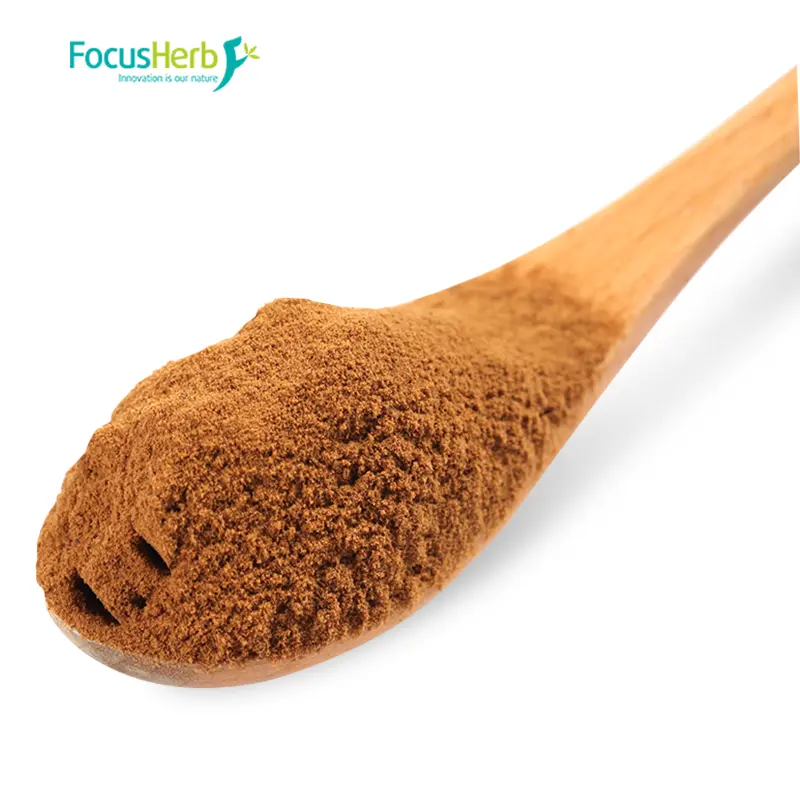
In terms of technological innovation, developing more precise extraction technologies to increase the content and purity of specific active ingredients is a key area of focus. Supercritical CO₂ extraction technology has already increased bioavailability to 98.7%, and further optimization is expected to enable a more efficient and environmentally friendly extraction process, reduce production costs, and improve product quality. Developing new Ganoderma lucidum strains using modern biotechnology is also a key approach to increasing the yield of active ingredients. Through gene editing and mutagenesis breeding, Ganoderma lucidum strains with higher polysaccharide and triterpenoid content, shorter growth cycles, and enhanced disease and pest resistance are being cultivated, providing higher-quality raw materials for industrial development. In product development, the trend is towards developing more diverse applications. Beyond existing applications in pharmaceuticals, health supplements, food, and cosmetics, Ganoderma lucidum extract powder can also be explored for applications in pet food, agricultural plant protection, and biomaterials. Develop pet food that enhances pet immunity and improves pet health. Leverage the antibacterial and antiviral properties of Ganoderma lucidum extract powder to develop environmentally friendly biopesticides for agricultural pest control. Combine Ganoderma lucidum extract powder with biodegradable materials to develop biomaterials with specialized functions for packaging, medical applications, and other fields. Strengthening clinical research to provide more scientific evidence for the efficacy of Ganoderma lucidum extract powder is also crucial. Through large-scale, multi-center clinical trials, in-depth research will be conducted on the mechanisms and efficacy of Ganoderma lucidum extract powder in anti-tumor, immunomodulatory, hypoglycemic, and lipid-lowering activities. This will provide a more solid theoretical foundation for its application in the medical field and enhance product credibility and market acceptance.
In terms of market expansion, with rising global health awareness, consumer demand for natural, safe, and effective health products continues to grow, creating significant market opportunities for the Ganoderma lucidum extract powder industry. Companies should strengthen brand building and marketing to enhance product awareness and reputation, and expand market share both domestically and internationally. Leverage emerging channels such as e-commerce platforms and social media to conduct online marketing activities to expand product sales and increase product exposure. Participate in international health industry exhibitions, academic seminars, and other events to strengthen exchanges and cooperation with international peers, expand international market channels, and promote Ganoderma lucidum extract powder to the global market. At the same time, with improving living standards and shifting consumer attitudes, consumers are increasingly demanding higher standards for product quality and safety, and their demand for personalized and customized products is also increasing. This requires companies to strengthen product quality control to ensure that their products meet international standards and consumer needs. They should also pay attention to changing consumer demands and develop personalized and customized products to meet the specific needs of different consumers.
However, the Ganoderma lucidum extract powder industry also faces certain challenges. With the rapid development of the industry, more and more companies are entering the market, and market competition is becoming increasingly fierce. Companies need to continuously improve product quality and service levels, strengthen brand building and market promotion, and enhance product competitiveness. Regarding raw material supply, Ganoderma lucidum cultivation is significantly affected by factors such as the natural environment and climatic conditions, making the stability and quality of raw material supply difficult to guarantee. Companies need to strengthen cooperation with raw material suppliers, establish stable raw material supply channels, and strengthen raw material quality testing and control to ensure the quality and stability of the supply. With global regulations tightening oversight of health supplements, pharmaceuticals, and other industries, the Ganoderma lucidum extract powder industry faces these challenges. Companies must strengthen their research and understanding of these regulations, strictly complying with them, and ensuring the legality and safety of their products.
As a natural product with a long history and remarkable efficacy, Ganoderma lucidum extract powder demonstrates tremendous potential and value in modern society. Driven by technological innovation, product development, and market expansion, the Ganoderma lucidum extract powder industry will usher in an even brighter future and make greater contributions to human health.



















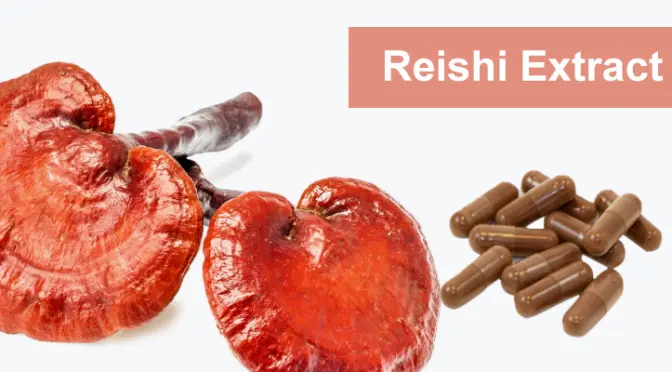
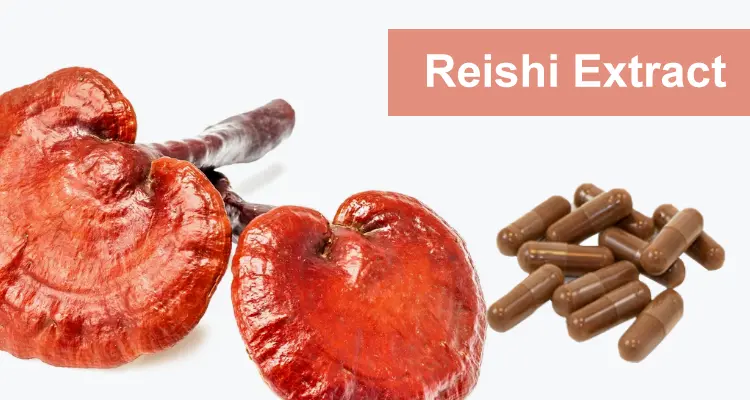
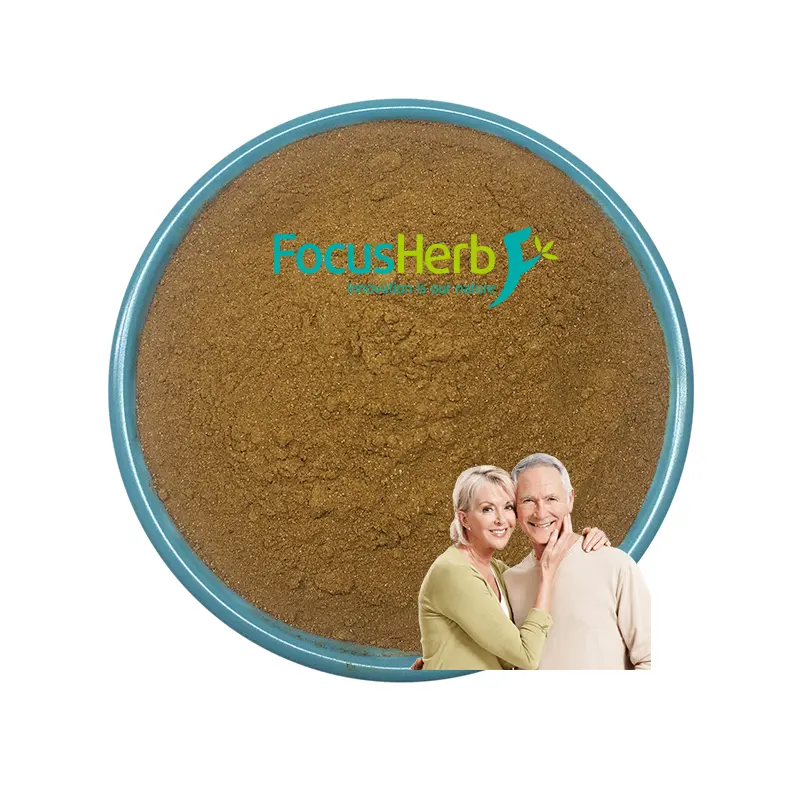
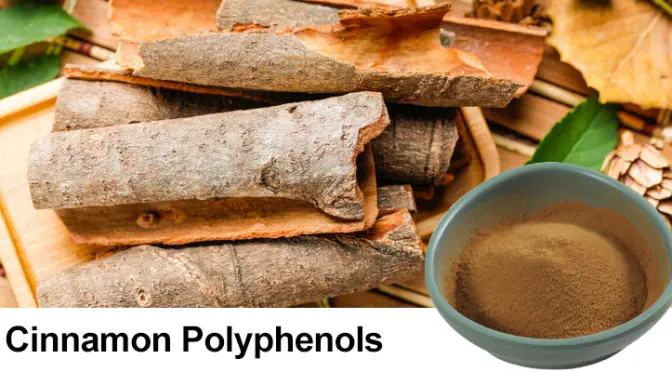
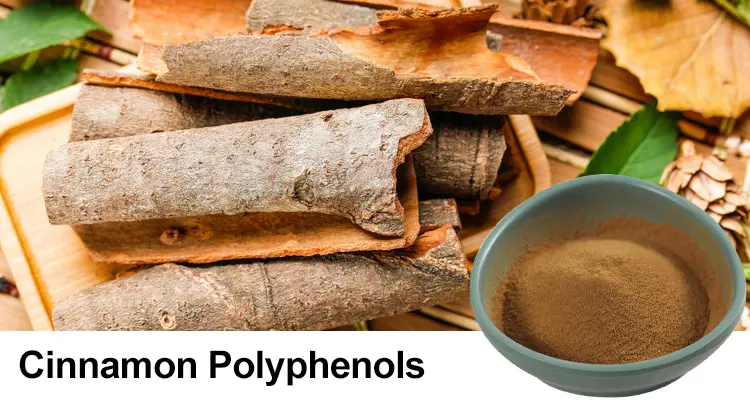
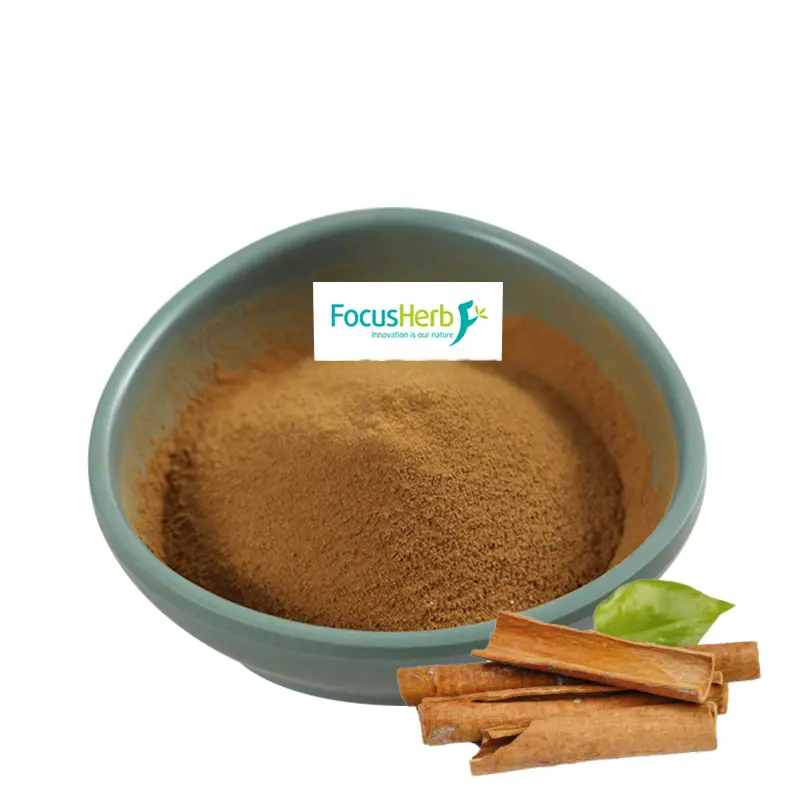
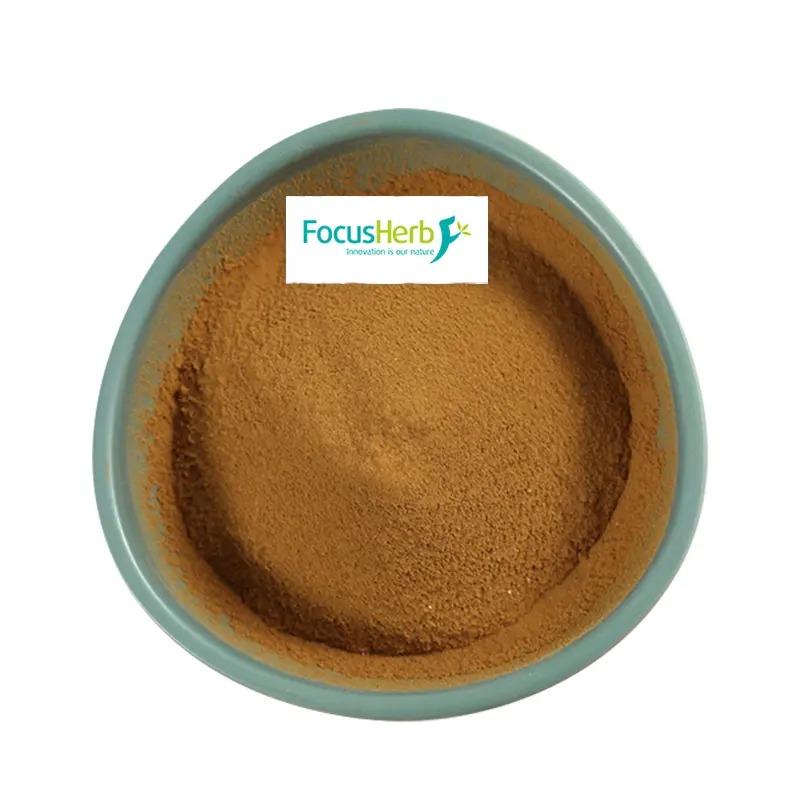
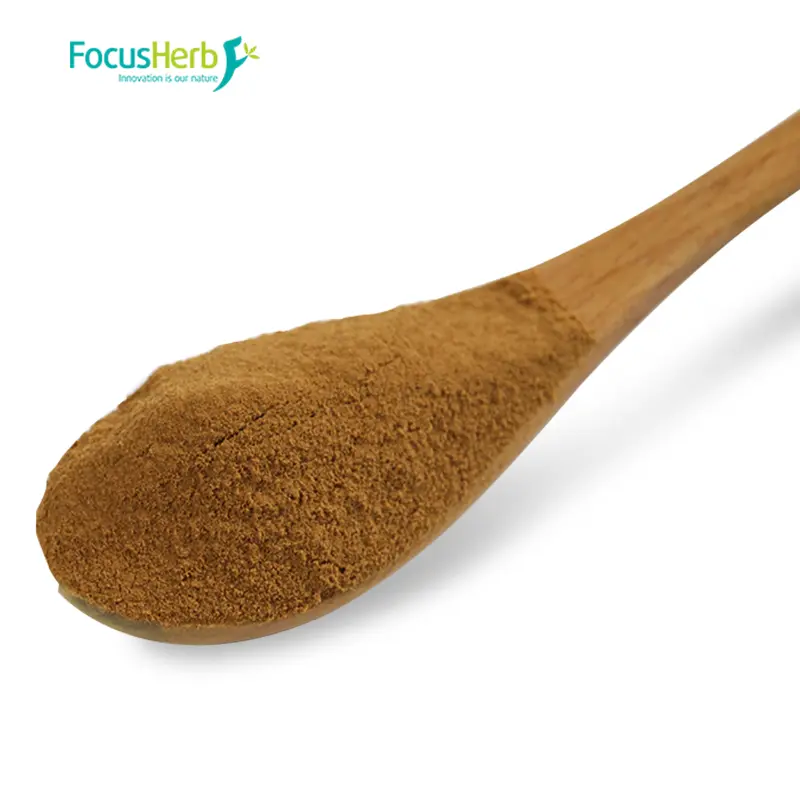
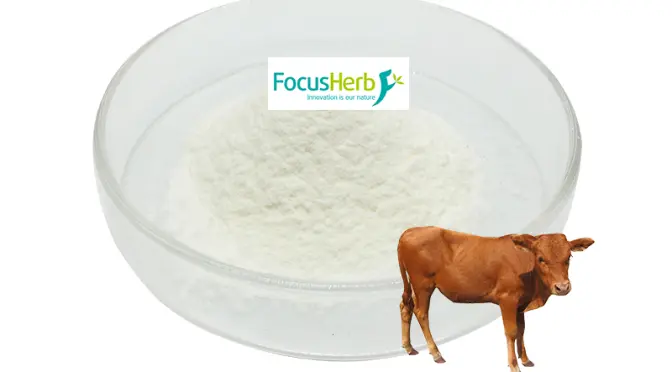
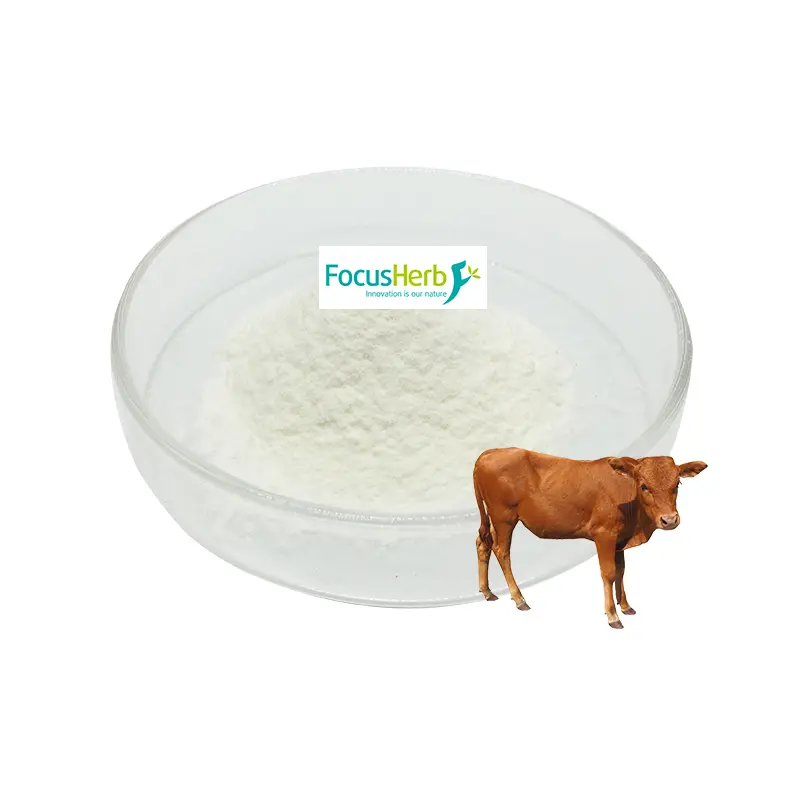 Multidimensional Nutrition, Building a Line of Defense for Health
Multidimensional Nutrition, Building a Line of Defense for Health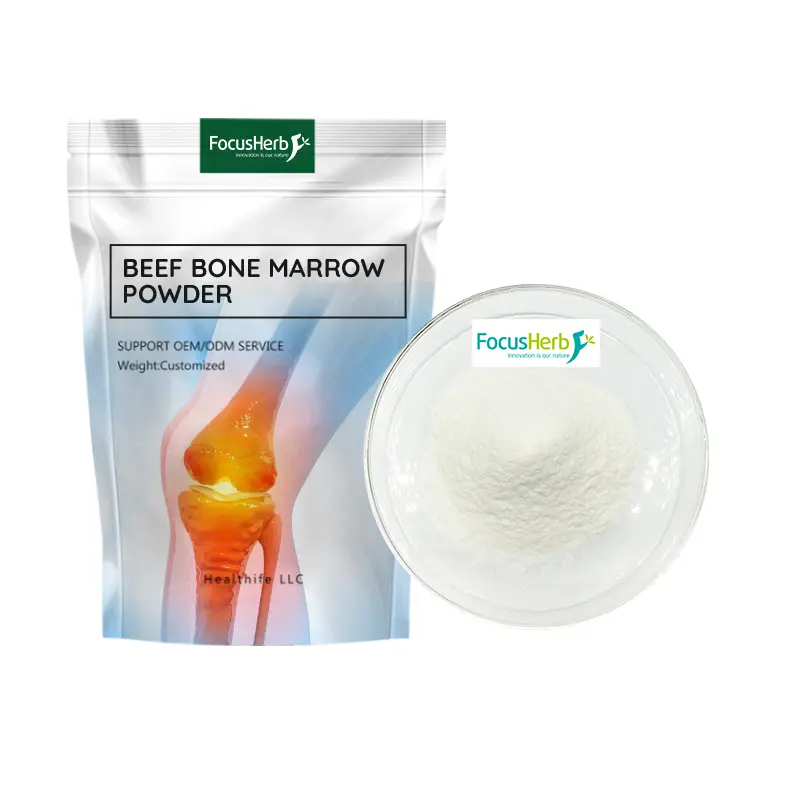
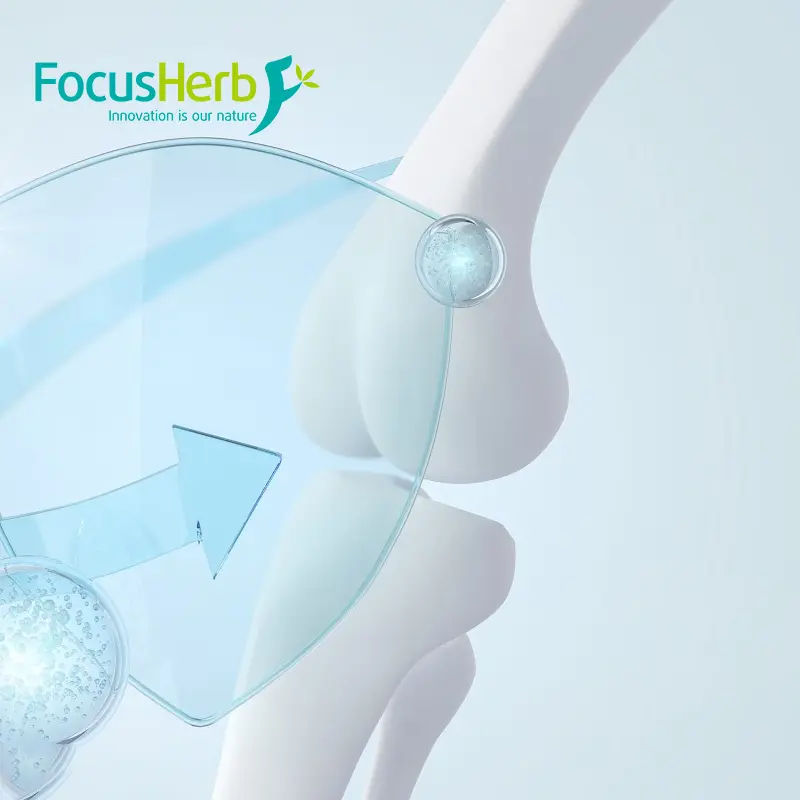
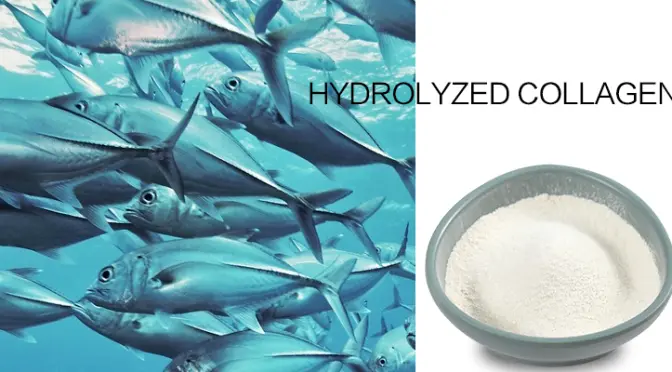
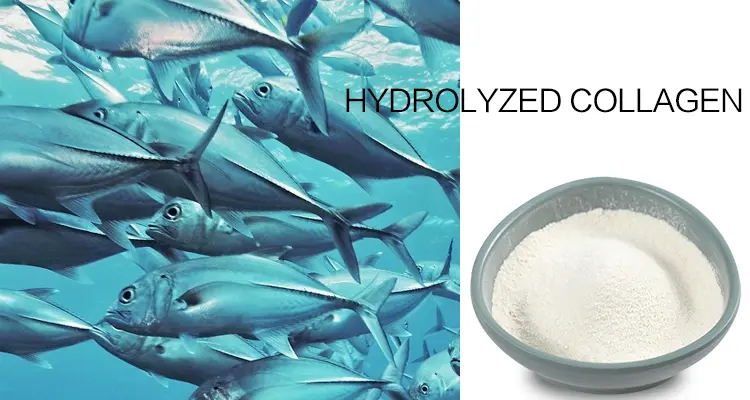 Unique Chemical Structure and Properties
Unique Chemical Structure and Properties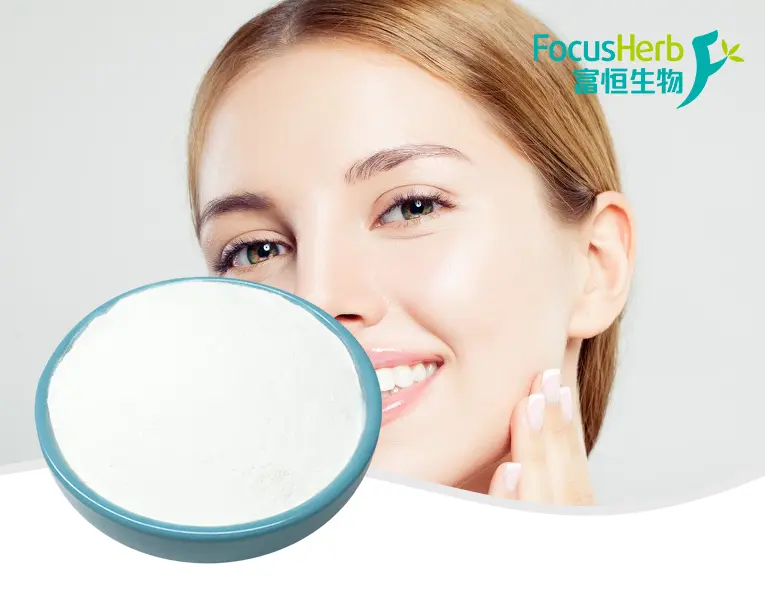 Due to its unique structure and excellent properties, Hyaluronic Acid holds a pivotal position in the beauty and skincare industry. Known as “moisturizing gold,” it is highly sought after by consumers and the cosmetics industry. Many renowned skincare brands, such as SK-II’s Advanced Night Repair Essence and Estée Lauder’s Advanced Night Repair Essence, incorporate Hyaluronic Acid into their products. It plays a key role in skincare, including moisturizing, repairing, and anti-aging.
Due to its unique structure and excellent properties, Hyaluronic Acid holds a pivotal position in the beauty and skincare industry. Known as “moisturizing gold,” it is highly sought after by consumers and the cosmetics industry. Many renowned skincare brands, such as SK-II’s Advanced Night Repair Essence and Estée Lauder’s Advanced Night Repair Essence, incorporate Hyaluronic Acid into their products. It plays a key role in skincare, including moisturizing, repairing, and anti-aging.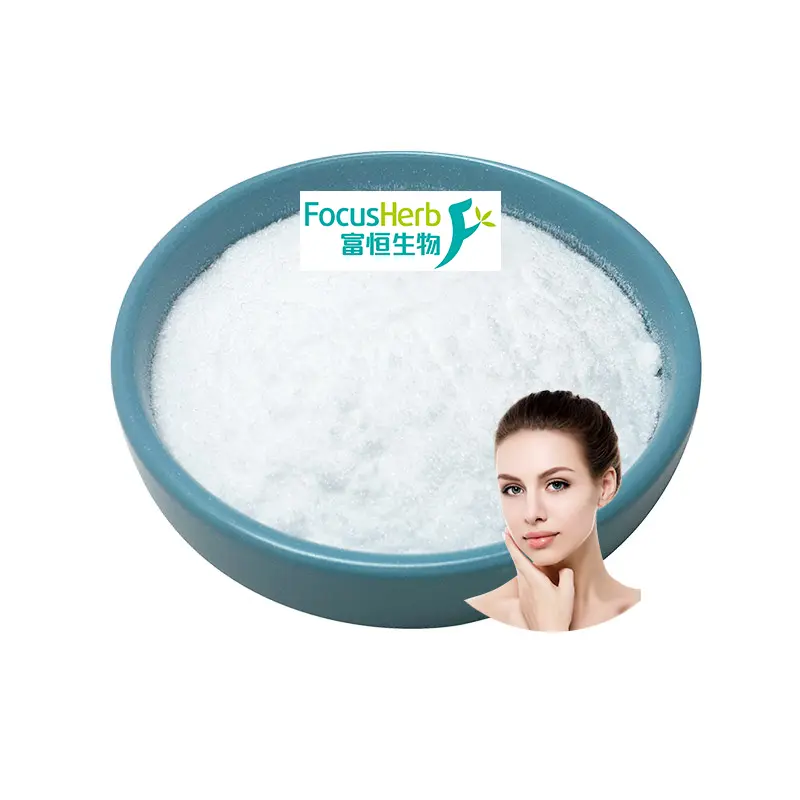 Hyaluronic Acid has a long history of medical use, dating back to the 1970s. Today, it has become an indispensable substance in various departments, including ophthalmology and orthopedics, playing an irreplaceable role in disease treatment and surgical assistance.
Hyaluronic Acid has a long history of medical use, dating back to the 1970s. Today, it has become an indispensable substance in various departments, including ophthalmology and orthopedics, playing an irreplaceable role in disease treatment and surgical assistance. Market Competition Landscape
Market Competition Landscape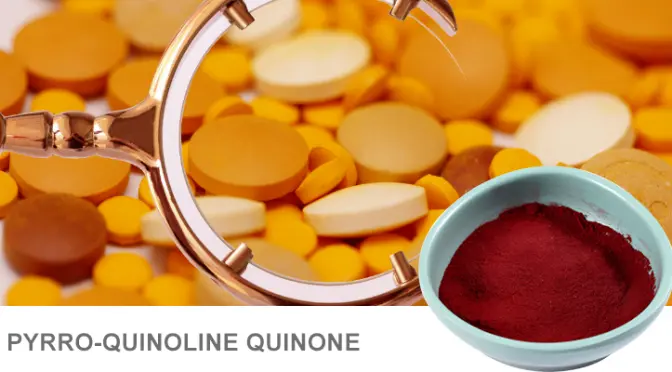
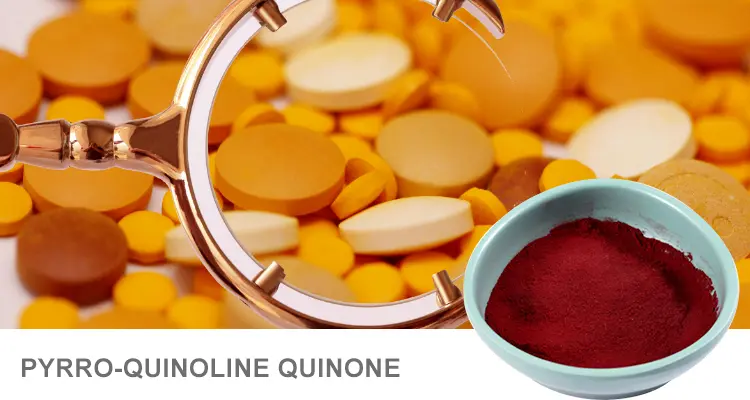
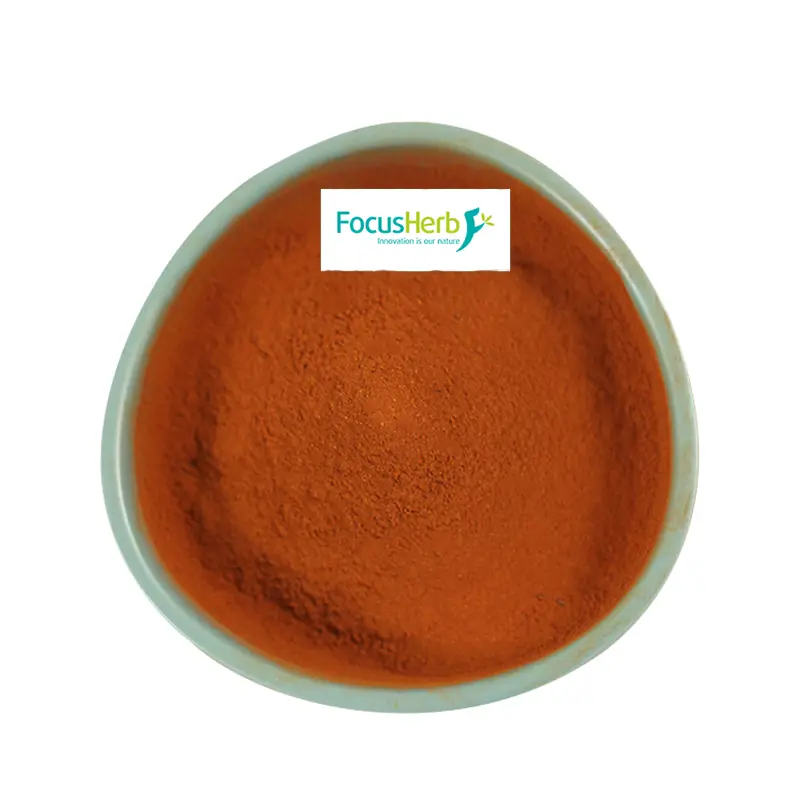
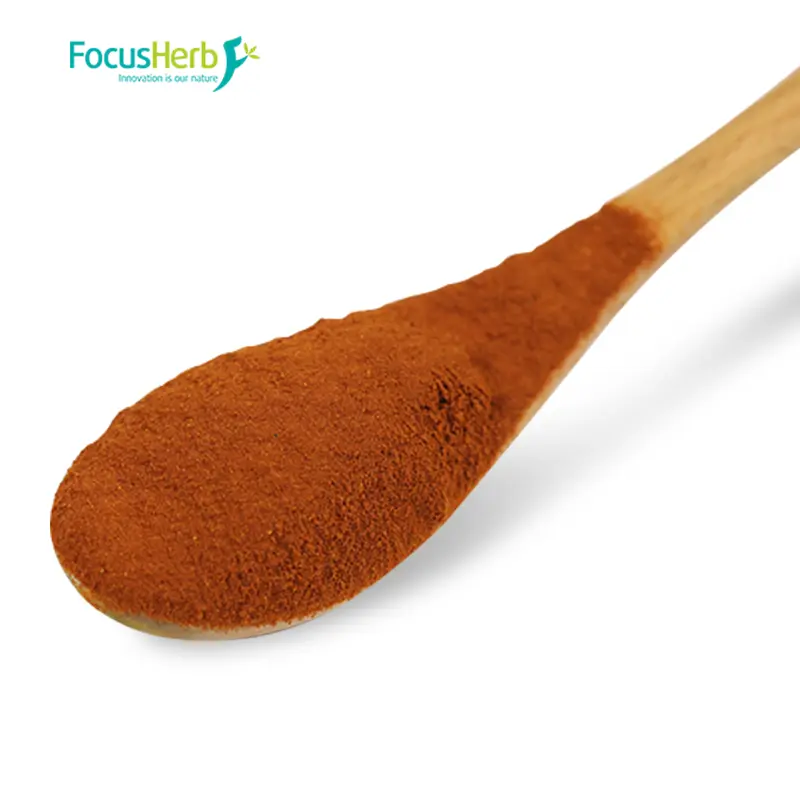
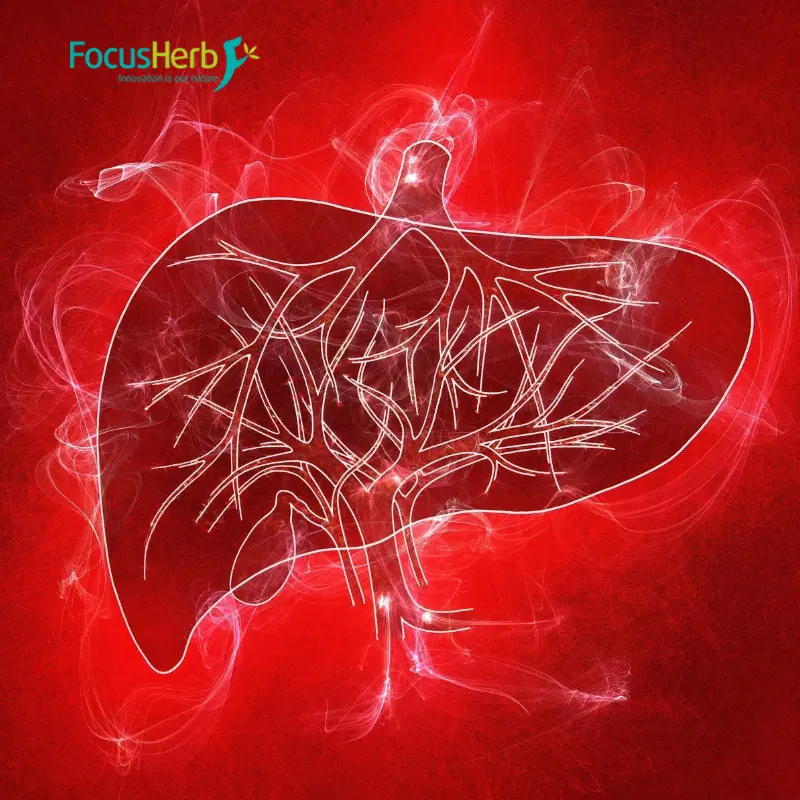
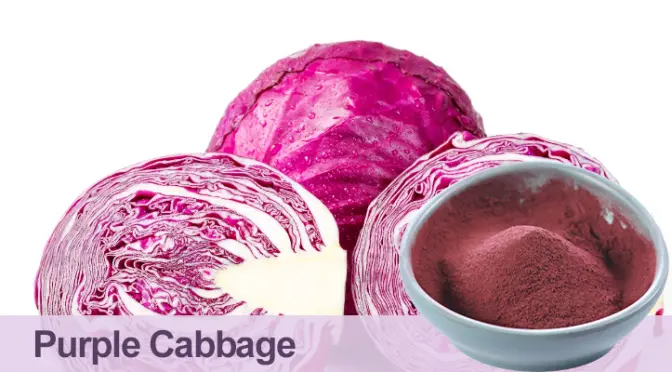

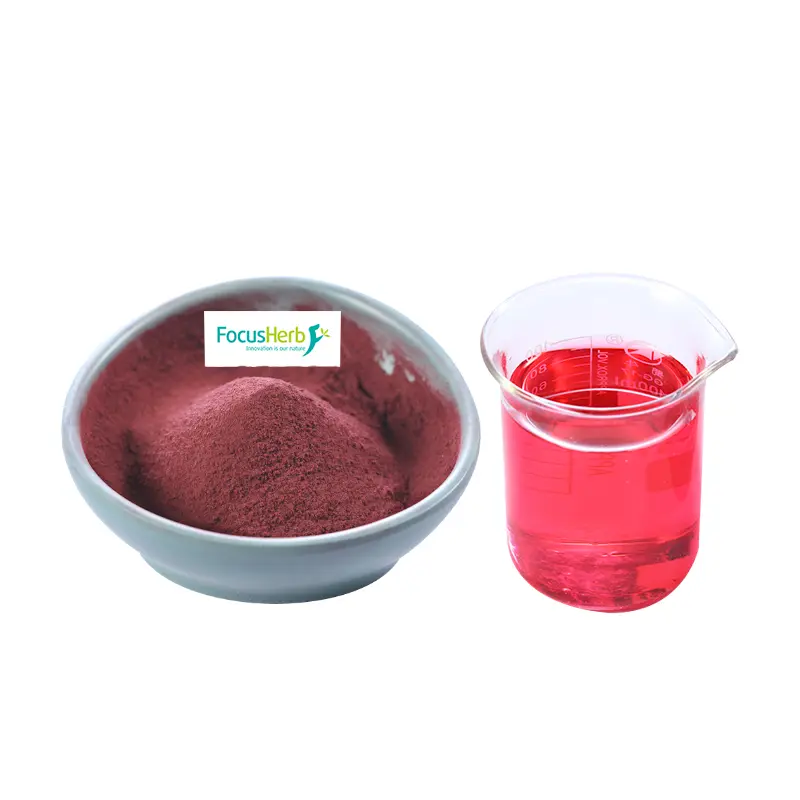 The market situation of purple cabbage powder
The market situation of purple cabbage powder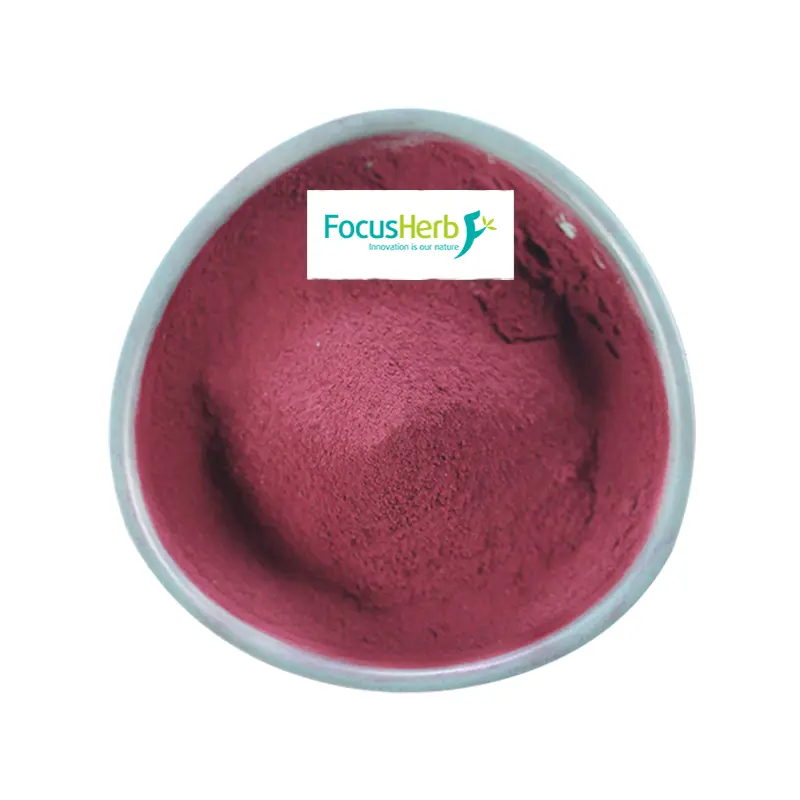
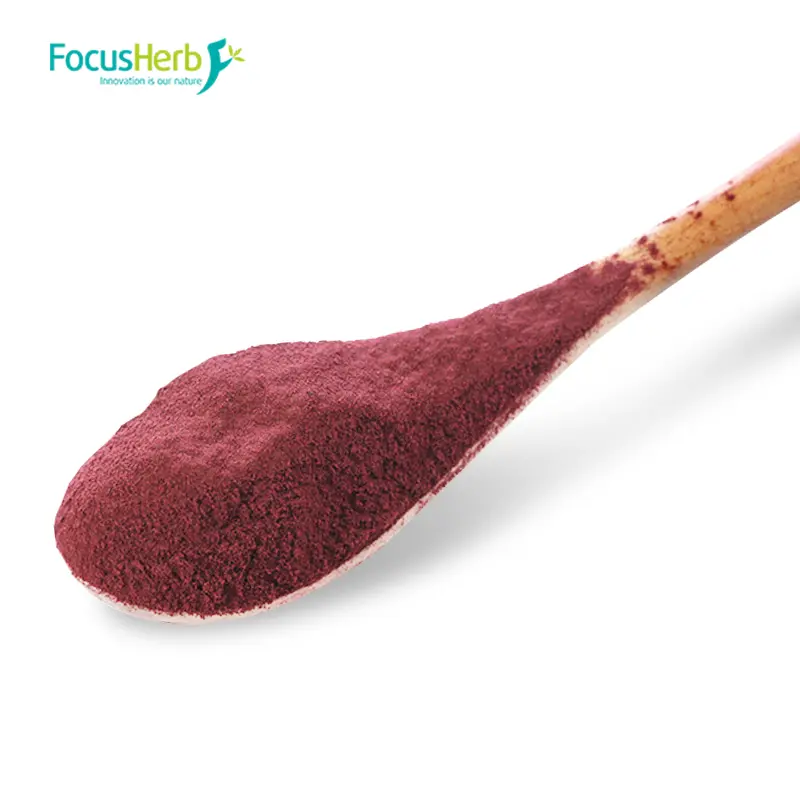 Purple cabbage powder, as a nutrient-dense, convenient, and versatile health food ingredient, demonstrates unique value in modern lifestyles. It not only offers an efficient means for busy individuals to obtain vegetable-derived nutrients but also contributes to maintaining physical health and combating chronic diseases through its rich content of anthocyanins, dietary fiber, and other bioactive compounds. Whether incorporated into daily beverages, baked goods, or applied in the domains of health supplements and cosmetics, purple cabbage powder exerts its distinctive functionalities.
Purple cabbage powder, as a nutrient-dense, convenient, and versatile health food ingredient, demonstrates unique value in modern lifestyles. It not only offers an efficient means for busy individuals to obtain vegetable-derived nutrients but also contributes to maintaining physical health and combating chronic diseases through its rich content of anthocyanins, dietary fiber, and other bioactive compounds. Whether incorporated into daily beverages, baked goods, or applied in the domains of health supplements and cosmetics, purple cabbage powder exerts its distinctive functionalities.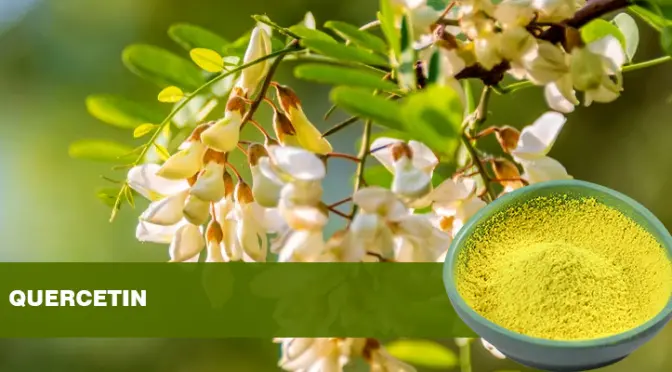
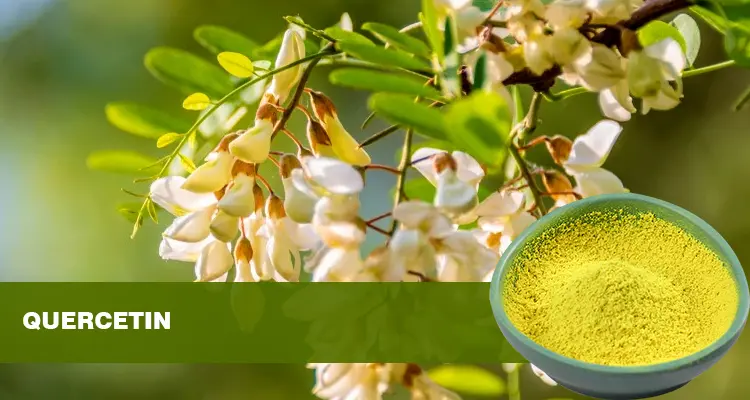 The Effects and Functions of Quercetin Dihydrate powder
The Effects and Functions of Quercetin Dihydrate powder